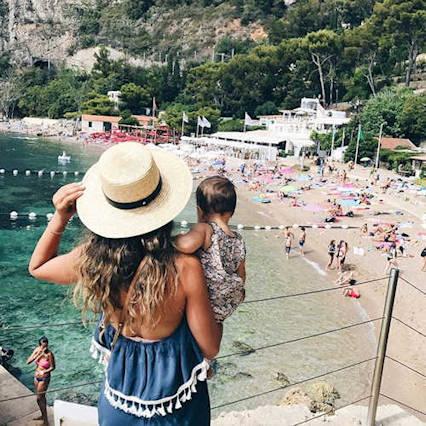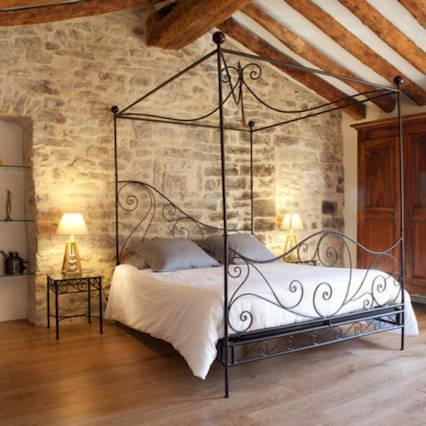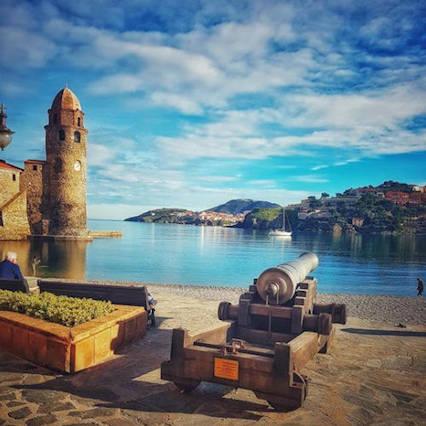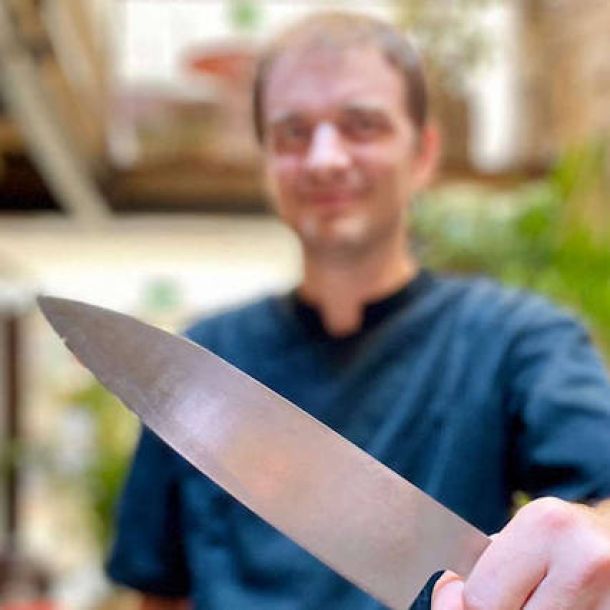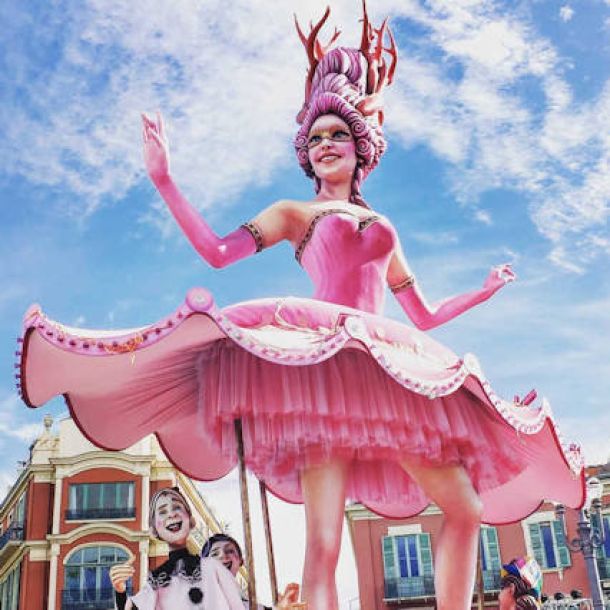- Last updated on .
- Hits: 8416
Gypsy Fair - Saintes-Maries-de-la-Mer, Camargue, South France
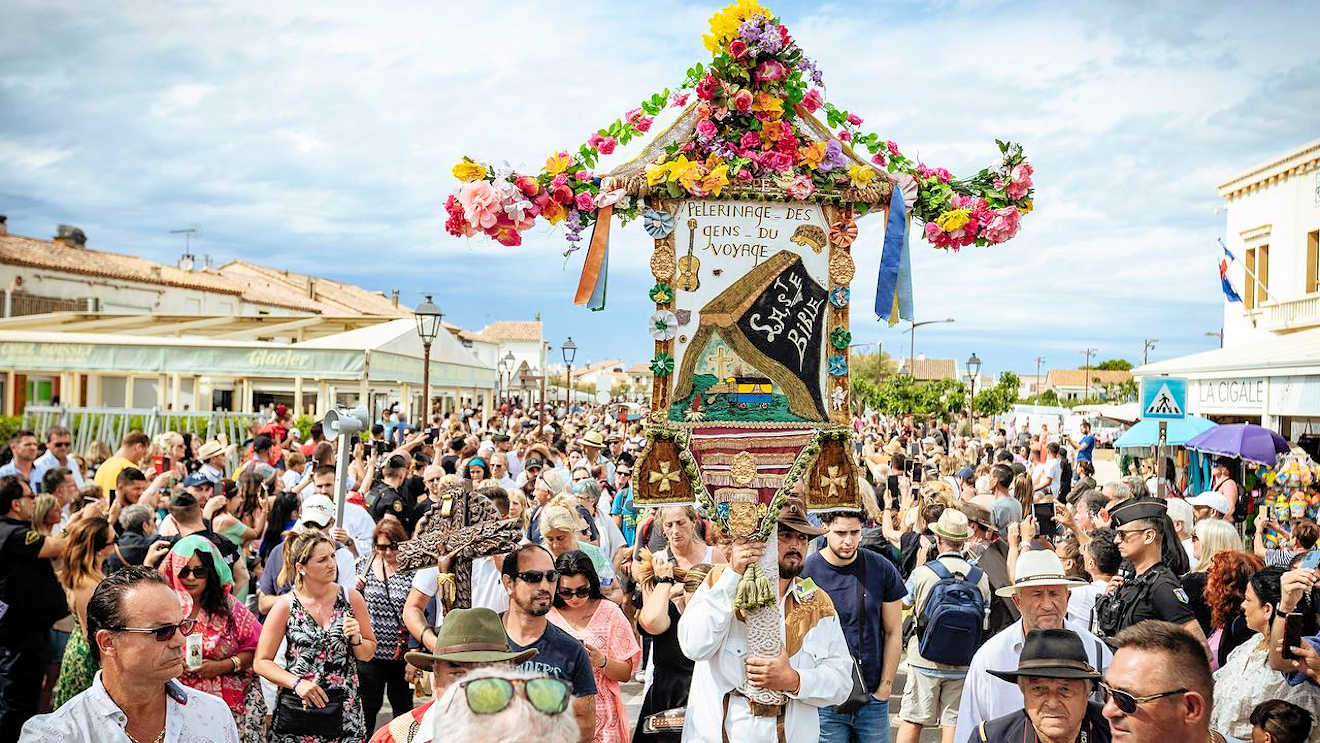
A huge gypsy pilgrimage is held in Saintes-Maries-de-la-Mer every year towards the end of May. Saintes-Maries-de-la-Mer is a small Mediterranean coastal town, in the beautiful Camargue region in Southern France. On 24-25 May each year, there is a grand procession throughout the town, which culminates in the statue of Saint Sarah, the patron saint of all Romany people, being carried down to the sea shore to re-enact her arrival in France. The pilgrimage attracts thousands of Romani and Traveller people from across Europe to Saintes-Maries-de-la-Mer every year and there is a huge party on the night of the 24th of May.
Saintes-Maries-de-la-Mer is a small fishing village in the Camargue, which has become an important beach resort on the Mediterranean coast. Although the place is tiny, it is absolutely heaving in the summer. Saintes-Maries does have a certain charm and you can imagine that for centuries fishermen have dragged their boats and their catch up onto the beach - just as they do now. Saintes Maries is a good base for accessing the beautiful Camargue region, with its famous pink flamingos, its white horses and its black bulls.
What makes Saintes-Maries-de-la-Mer stand out however, has been the historical legends associating the town with Mary Magdalene and the succession of pilgrims that have visited the town for centuries.
The Gypsy Pilgrimage at Saintes-Maries-de-la-Mer
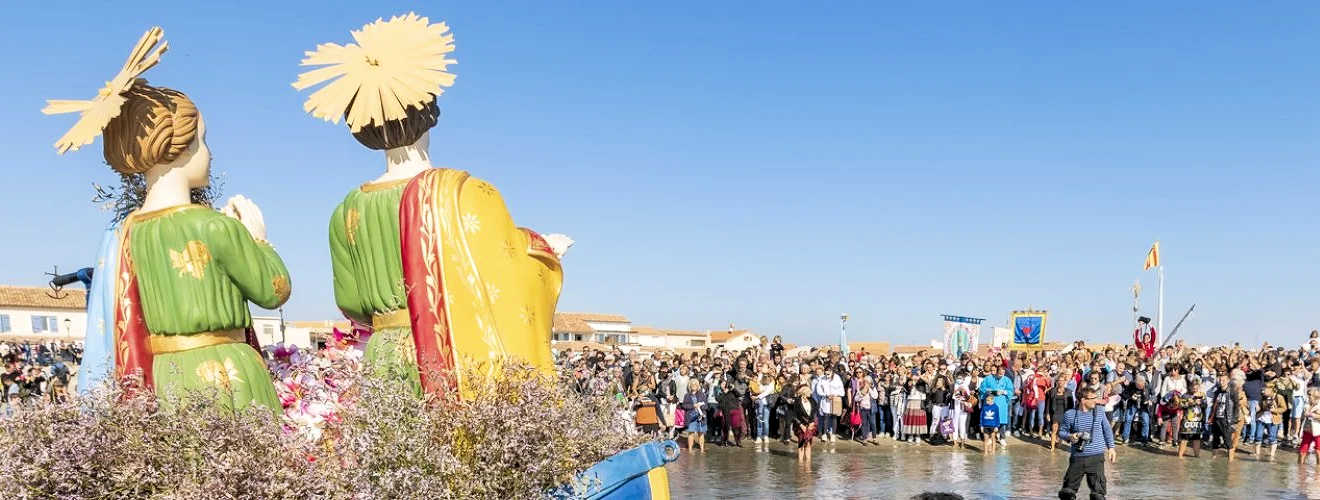 Gypsy Pilgrimage Saintes Maries de la Mer [Photo courtesy of https://www.instagram.com/otsaintesmariesdelamercamargue/]
Gypsy Pilgrimage Saintes Maries de la Mer [Photo courtesy of https://www.instagram.com/otsaintesmariesdelamercamargue/]
Saint Sarah is the patron saint of all Romany people and and the pilgrimage on the 24 May attracts Gypsy travellers from across Europe. Over 10,000 Romani people descend on Saintes-Maries to witness the procession and there is a huge party held in the town afterwards. But the story of Saint Sarah and her connection to this coastal town, is just part of the historical legend surrounding Saintes-Maries-de-la-Mer and the wider story helps explains the origins of the town's unusual name.
The story starts shortly after the Crucifixion of Christ, when many of his disciples were being hunted out of Palestine. One group of disciples boarded a boat, which according to legend had no sail or oars and was guided by God across the Mediterranean sea to Provence. This group contained Lazarus, Mary Magdalene, Maria Jacobe, Maria Salome and Lazarus' sister Mary Martha. According to legend, the boat washed up ashore at the place where Saintes-Maries-de-la-Mer is now located.
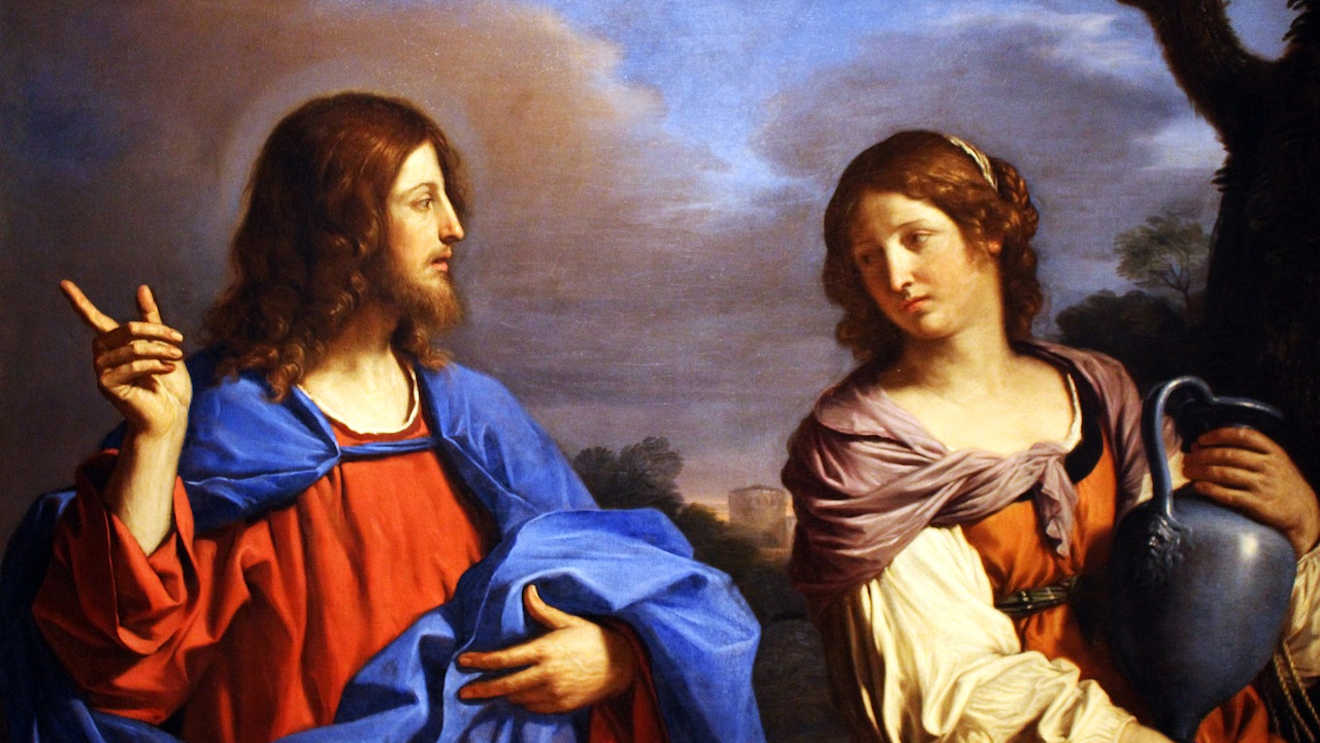
Mary Magdalene is described in the Gospels (of Mark, Matthew and Luke) as one of the women who travelled with Jesus and helped support his ministry and she may or may not have been his wife, depending on which Gospel you choose to read. Certainly, the Cathars, who were a popular religious group in the Languedoc region during the 12th & 13th Centuries, believed that she was the wife of Christ. She was named as a witness to the crucifixion of Jesus (with Maria Salome) and was present at his burial. She was also the first to witness, alongside Jesus' mother, of his empty tomb and his resurrection.
On arrival in France, Mary Martha went north to Tarascon, Lazarus and Mary Magdalene went east towards Marseille and the other two remained in the Camargue. Marie Jacobe and Maria Salome built a small church (in Saintes-Maries-de-la-Mer) and lived out their lives quietly. They started to convert the local population, including retired Roman soldiers to Christianity.
According to legend, they had a local gypsy servant Sarah, who has since been adopted as the patron saint of all gypsies. Rival accounts, state that Sarah in fact travelled with the Marys from Palestine and she was a black woman. The Gypsies call Sarah, Sara la Kali or Black Sara. In the original language of the Gypsies, Kali means the 'black one' or the 'Gypsy woman'.
In the book, The Legend of the Saintes-Maries (1521), which is the first written reference to Sarah, she is portrayed as:
". . . a charitable woman that helped people by collecting alms, which led to the popular belief that she was a Gypsy . . ."
Saint Mary Jacobe and Saint Mary Salome, both became patron saints of the town of Saintes Maries de la Mer. Since the 12th century, Saintes Maries de la Mer has been a major place of pilgrimages. The relics of Saint Mary Jacobe and Saint Mary Salome, were allegedly discovered in 1448 and are preserved as shrines located in the Upper Chapel of the local church.
Saint Sarah is not officially recognised by the Vatican as a Saint (she has not been canonized).
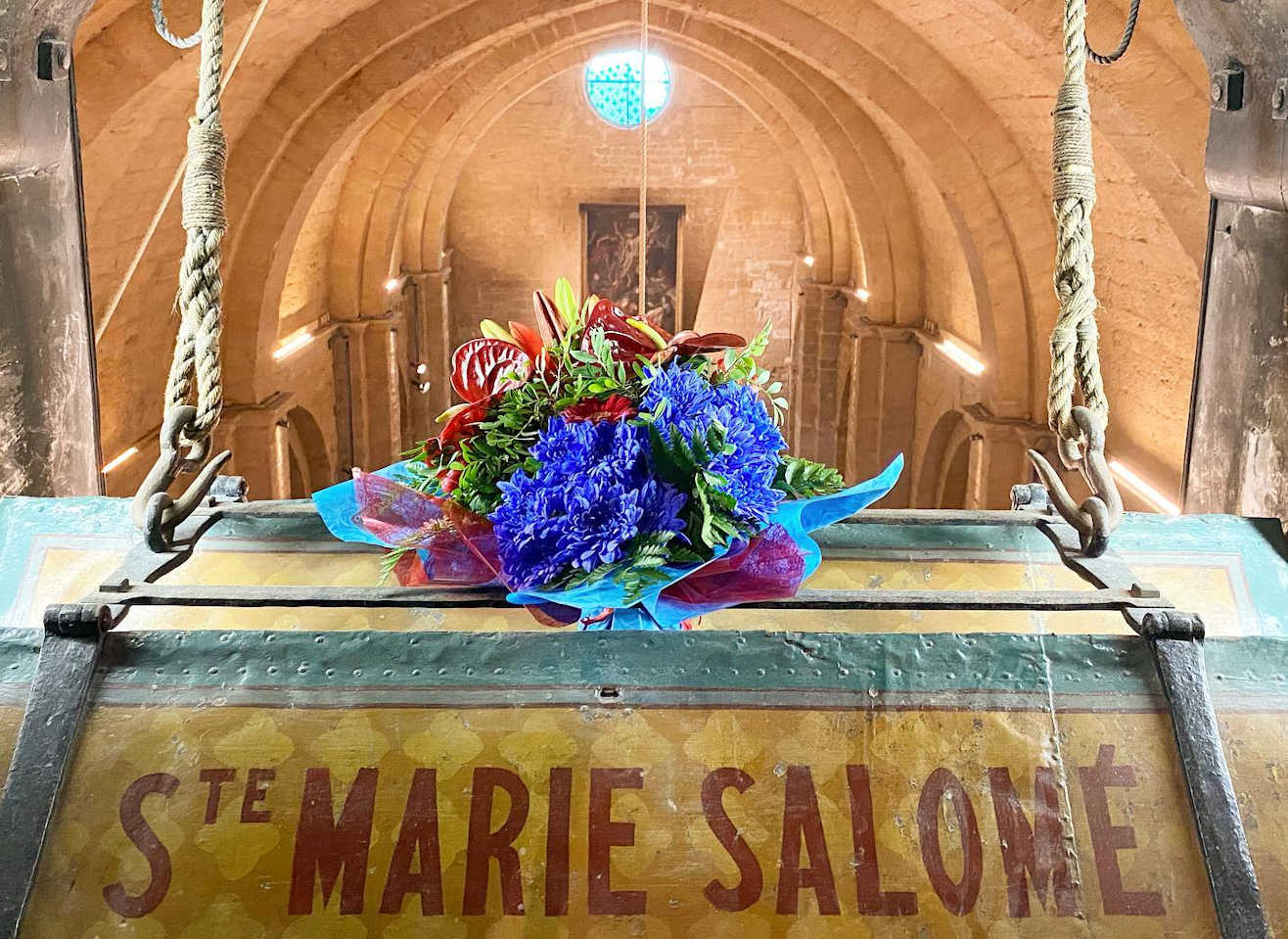
Over time, this legend of the 4 Marys started to grow some legs. In 1279, an excavation ordered by the King of Naples at Saint-Maximin-la-Sainte-Baume, Provence, led to the discovery of the purported burial of Mary Magdalene. A huge Basilica was built on the site and even today, it towers over the town of Saint-Maximin.
In Dan Brown's popular book, the Da Vinci Code, Mary Magdalene was depicted as the wife of Jesus and after his Crucifixion, she fled to Gaul. She was sheltered by the Jews of Marseille and she gave birth to a daughter, named Sarah. The Catholic Church suppressed the truth about Mary Magdalene and the Jesus bloodline for 2000 years. The bones of the Mary Magdalene were entombed in a sarcophagus and buried beneath the La Pyramide Inversée, at the Louvre museum. Unfortunately from an historical perspective, the Da Vinci Code is a load of old guff.
Gypsy Pilgrimage Camargue South France

The Gypsy Pilgrimage or Pélerinage Gitan takes place over 2 days at the end of May. This is a massive part of the Gypsy culture, especially within the community of Catalan gypsies. A visit to the church's crypt where Black Sara resides is essential part of the pilgrimage for the Gypsies. Here they can buy a candle, light it and pray that she will help with whatever ailments they have.
The statue of Sara, is placed at the back of the crypt in the church, and it is adorned with a multi-coloured dresses and jewellery. The statue lies next to the Processional cross, which is also carried by the Gypsies during the procession.
The famous Jazz guitarist, Django Reinhardt, regularly attended the procession and he was in fact composing a mass for the event at the time of his death (an 8-minute extract of this incomplete piece of music appears on the album "Intégrale Django Reinhardt" which was released after his death). The famous flamenco group, The Gipsy Kings, who come from the nearby town of Arles in South France, were formed in Saintes-Maries during the Pilgrimage back in the 1960's, when the teenage brothers Nicolas and André Reyes, teamed up with their father and cousins to play in the Gypsy camps.
Bob Dylan said that he composed the song "One More Cup of Coffee," whilst he was visiting the Gypsy festival in 1975 on his 34th birthday (on May 24th).
On 24 May, a Solemn Mass is celebrated in the Church in the morning and then in the afternoon, the Ceremony of the Descent of the Shrines takes place, followed by the procession to the Mediterranean sea of the statue of Sara. As the procession reaches the beach, the horsemen on their white Camargue horses, ride into Mediterranean sea carrying Black Sara above their shoulders. They are accompanied by a young Gypsy woman, chosen to represent Sara that year.
After the procession on the 24 May, there is a huge party in Saintes-Maries-de-la-Mer, with a lot of drinking, traditional Gypsy music, more drinking, dancing, and more drinking.
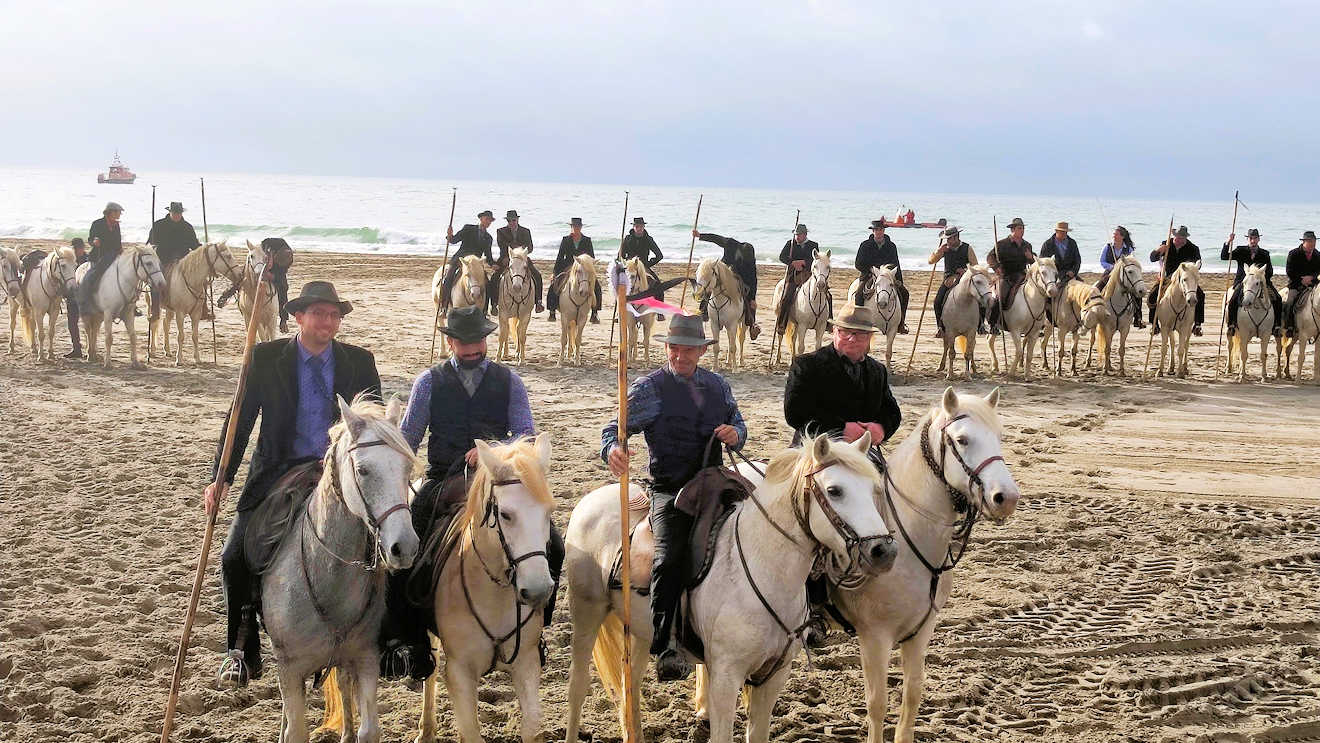
The following day the procession is repeated, but this time with the statues of the two Marys. A high mass is held in the church and then a procession forms again down to the beach. Given that this is the morning after the night before, the procession tends to be much calmer event than the previous day's excitement.
The 25 May is actually officially named as the Fête de Sainte Marie Jacob. There is are two further pilgrimages held in Saintes-Maries-de-la Mer during the year. The first event is held in early October (around 2 October), which is called Fête de Sainte Marie Salome. This pilgrimage also features a High Mass and a Ceremony of the Descent of the Shrines in the Church on the Saturday and then on the Sunday there is a Solemn High Mass, during which the Boat of the Saintes is carried out of the church by members of the Confrérie des gardians (a Brotherhood founded in 1315 by the Archbishop of Arles) to the beach, accompanied by the Guardians on horseback with their banners, together with the Pilgrims.

Finally, on the first weekend in December, there is a final pilgrimage in Saintes-Maries-de-la-Mer, in honour of the relics of Marie Jacobé and Marie Salomé. A mass is celebrated at the end of the afternoon and in the evening, torchlight procession takes places through the town, with the Boat of the Saintes (the Barque des Saintes Maries) carried in procession by the Brotherhood of the Guardians. The procession begins at the foot of the Jerusalem Cross near the town's arena and heads through the small streets of the village to the Church.
Where to next . . .?
If you are planning a trip to the South of France in 2024, then Camargue is an excellent location. The Camargue is a stunningly beautiful part of Southern France and the largest river delta in Europe. This large area of salt marshes and wetlands is home to the famous pink flamingos, the white horses and the black bulls of the Camargue. The Camargue has more than 400 species of birds and is officially classified as a Regional Park in France. The historic city of Arles, lies in the centre of the Camargue and it was here that Vincent van Gogh painted some of his most memorable landscapes. You can also enjoy visiting the walled town of Aigues-Mortes.
If you are planning a trip to the Camargue or the South of France in 2024, then the following articles are a good source of local information:
Visit the historic coastal town of Saintes-Maries-de-la-Mer in 2024 and discover the best beaches and restaurants to visits, as well as the sites to see in the town and surrounding Camargue region.
|
Aigues-Mortes was originally built as the principal port in the South of France. The walled town of Aigues-Mortes is now a mandatory stopping off point for visitors on any tour of the South of France.
|
Best South France festivals 2024 See the full list of festivals taking place in the South of France during 2024. We cover everything from Jazz festivals to food festivals, wild parties, processions and medieval fairs.
|
Discover the beauty of the Camargue region in Southern France, from the Pink flamingos, the White horses, the Black bulls and the special array of birdlife.
|
Go Languedoc provides high quality holiday accommodation across the South of France. Check out these stunning holiday villas & gites to rent in 2024 near Montpellier and the Camargue.
|
The ancient Roman city of Arles is the gateway to the Camargue region and is famous as the setting for many of the paintings of Vincent van Gogh and Paul Gaugin.
|
Contact Iain by Email if you have any particular questions you would like to ask about visiting Carcassonne and the South of France. If you liked the article then please share it with others using the Twitter and Facebook buttons below. I wish you a wonderful stay in the South of France.






